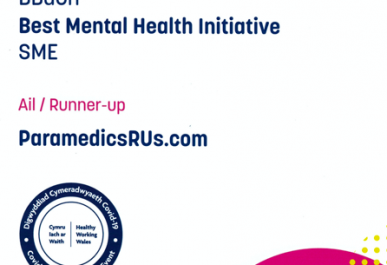What is a population-based approach to suicide prevention?
A population-based approach to suicide prevention is based upon the belief that there are many factors which can bring someone to have suicide thoughts, and that these factors could be present in anyone.
One event, on top of normal daily stressors, could be enough to make someone start thinking about suicide. So, aiming prevention strategies at an entire population is necessary. To do this effort is taken to try to prevent suicide intent in the first place.
Reducing stigma surrounding suicide and improving support services, educating others on the prevention stage, the intervention stage and the postvention stage is crucial. Edwin Schneidman and Dr. Frank Campbell are advocates of the postvention stage, with Edwin stating that postvention is prevention for the next generation. Suicide prevention strategies such as the Welsh ‘Talk to me 2’ strategy, show other measures which could help with the prevention of suicide to a population. In fact, their strategic aims are directly linked to this:
In Wales the Suicide and Self Harm Prevention Strategy is called ‘Talk to me 2’
Within this, the overall strategic aims are to:
-
Reduce the suicide and self-harm rates in the general population in Wales; and
-
Promote, co-ordinate and support plans and programmes for the prevention of suicidal behaviours and self-harm at national, regional and local levels.
The advantages of this approach are that it can make a meaningful difference to a large number of people – a population. Disadvantages to a population based approach are difficult to imagine. However, it may be that a ‘one-shoe fits all’ approach is not going to help all individuals. Hence why it is vitally important to tailor an intervention to the specific needs of the person.
For more on this please look at our Suicide First Aid courses or contact us










